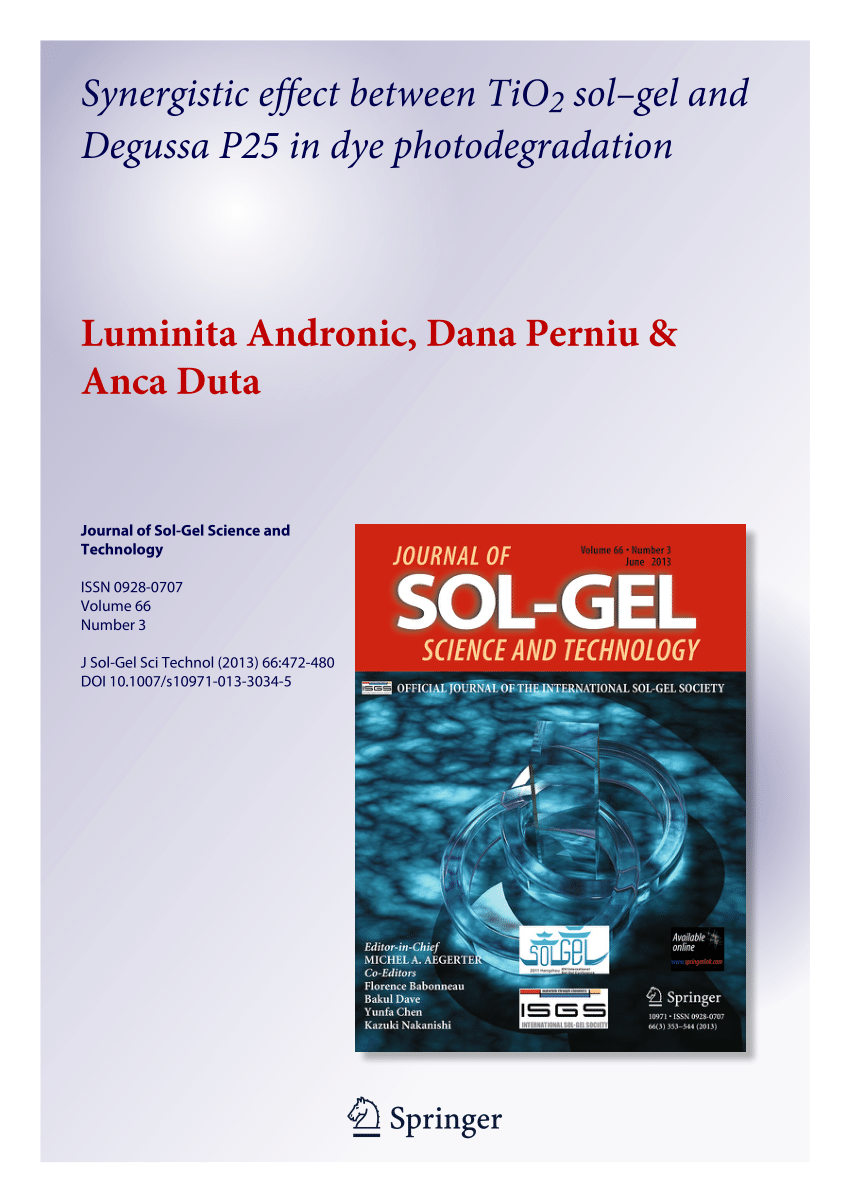Antibacterial particles are increasingly explored as additives to improve the health and safety properties of interior paints. This report introduces evaluation of CrB particles as an potential antibacterial additive into paints. The CrB particles were synthesized by sol-gel method in presence of chrome salt, citric acid as alkoxide agent and boric acid precursor followed by nitrate combustion process. The effect of elemental ratio (Cr:B = 1:3 and 3:1) and calcination process (250–550 °C) on the antibacterial activity of the particles were investigated against gram negative Escherichia coli (E. coli, ATCC 25922) and gram positive Staphylococcus aureus (S. aureus, ATCC 25923). Statistical analysis of antibacterial activity results and synthesis parameters via interaction plots and ANOVA analysis indicated that lower Cr:B ratio (Cr:B = 1:3) and higher calcination temperature (550 °C) resulted in improved particle activity over both gram negative and positive bacteria growth. The amorphous Cr1B3@550 codded particles with structural characteristics of 47 m2/g surface area, 12 nm pore size and 150 µm accumulated particles with 50 nm size were used as antibacterial additives for wall paint, which improved antibacterial activity performance by %75 for S. aureus and %63 for E. coli.



